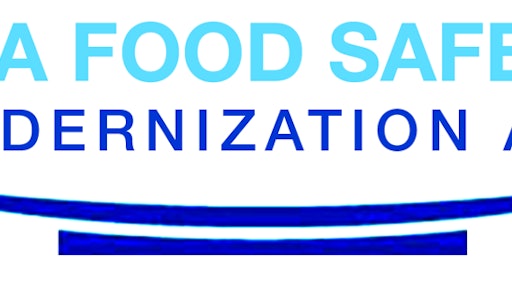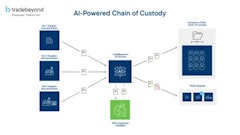
A new study for the Mercatus Center at George Mason University claims the four most burdensome regulations fails to demonstrate that the benefits of the rules will outweigh their costs. In some cases the rules are unnecessary; in others they are likely to be ineffective. The analysis was written by Richard Williams, vice president of policy research and director of the regulatory studies program and a senior research fellow at the Mercatus Center at George Mason University.
For some of the rules, there is very little evidence that they actually address a significant food safety problem. For others, the FDA has been unable to provide evidence that the rules will be effective at reducing foodborne risk. Imposing ineffective rules on food production is likely to raise food prices and constitute a tax. This will disproportionately burden lower-income Americans, who spend a larger portion of their incomes on food than do those who are better off.
Evidence of Systemic Problems Is Missing
For some food safety rules, the FDA has failed to identify a large, recurring problem in need of federal regulation. The best example is the intentional adulteration rule, which is supposed to prevent terrorism targeting the food supply. But the FDA already has four anti-bioterror regulations in place and food companies have undertaken extensive activities to protect their businesses—the intentional adulteration rule is merely another unjustified addition to the regulatory burden.
The Effects of Earlier Preventive Control Rules Have Been Limited
Both Congress and the FDA have apparently ignored evidence that similar, existing rules have failed to reduce food safety risk. For example, in the current rulemaking, the FDA has imposed a version of the Hazard Analysis Critical Control Points (HACCP) system on the entire food industry. Yet two past rules requiring HACCP have been ineffective. For example, before implementing its seafood HACCP rule, the FDA hypothesized that 50 percent of the rule’s benefits would come from reducing illnesses caused by raw oysters—but illnesses have actually increased. The food industry that created HACCP has for the most part already adopted it where it is useful. For raw products, such as fresh produce, it is not likely to be effective.
The Rules’ Benefit Claims Are Not Justified
While the FDA claims its regulations will reduce food recalls involving food-borne illnesses, it offers no evidence to support this claim. In fact, more regulation seems to lead to more recalls, not fewer.
The Rules Ignore Better Alternatives
The FDA’s rules consistently stretch the FSMA to the extreme limit when narrower rules would be more justifiable. For example, the only significant hazards relating to animal food that the FDA can point to are associated with people touching or consuming contaminated pet food. But the FDA’s animal food regulation extends to all animal food, including food for farm animals. A more tailored rule would apply only to the 300–400 pet food facilities instead of to all 4,000–7,000 animal food facilities, reducing costs tremendously while preserving all expected benefits.
To read more, click HERE.






























